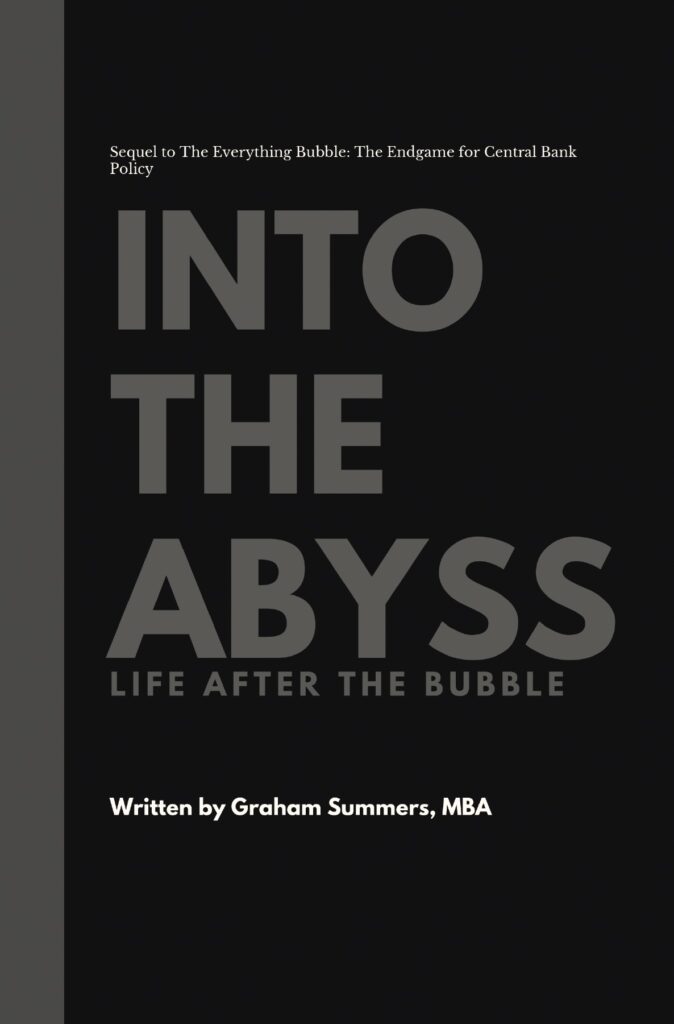As you know by now, I keep stating that Spain is going to be the straw that breaks the EU’s back. The country is facing a regional, banking, and soon to be sovereign crisis all at once.
Spain’s Catalonia suspends social service payments
Catalonia, Spain’s most indebted region, said Tuesday it could not pay subsidies in July to hospitals, old age homes and other social services already reeling from sharp budget cuts.
http://news.xin.msn.com/en/business/spains-catalonia-suspends-social-service-payments-2
Catalonia is one of SIX Spanish regions that are facing budgetary crises (there are 17 Spanish regions in total). Given that the Government of Spain itself is bankrupt (the Government bailout fund had less than €5 billion in it when Bankia collapsed back in May), the possibility of a Federal bailout here is nil.
On top of this, the Spanish banking system is on the verge of systemic failure. Spanish banks draw on average, more than €300 billion from the ECB on a monthly basis to meet liquidity needs.
To put this number into perspective, the entire Spanish banking system is roughly €3 trillion in size. So Spanish bank liquidity needs alone amount to roughly 10% of total assets.
This would be akin to US banks drawing $1.2 trillion from the Fed for liquidity purposes on a monthly basis. If the headlines in the US read that, there would be full-scale panic (a la 2008).
Small wonder then that investors, savers, and corporations are pulling their money out of Spain en masse:
Capital outflows from Spain more than quadrupled in May to €41.3 billion ($50.7 billion) compared with May 2011, according to figures released on Tuesday by the Spanish central bank.
In the first five months of 2012, a total of €163 billion left the country, the figures indicate. During the same period a year earlier, Spain recorded a net inflow of €14.6 billion.
The outflow has resulted from domestic banks sending money abroad, foreign lenders pulling out cash and mostly non-resident investors dumping Spanish assets. The steep rise was likely due to Bankia, the banking conglomerate, having requested a bailout in May.
Over the last 11 months, funds equivalent to 26 percent of gross domestic product exited the country, Tuesday’s data from the Bank of Spain showed.
Spain’s response to this is to punish those who are smart enough to get their money out of the country. The country has imposed the following fines/ capital restrictions in the last month:
- A minimum fine of €10,000 for taxpayers who do not report their foreign accounts.
- Secondary fines of €5,000 for each additional account
- No cash transactions greater than €2,500
- Cash transaction restrictions apply to individuals and businesses
So, we have a €3 trillion banking system, from which €163 in deposits has left in the last 11 months, and which is drawing over €300 billion from the ECB on a monthly basis.
If this doesn’t make it clear that the Spanish banking system is ready to implode, perhaps the private text message Spain’s Prime Minister sent to his Finance Minister stating that Spain would need €500 billion will (emphasis added):
“Aguanta [Finance Minister], we are the fourth European power. Spain is not Uganda… If they want to force the rescue of Spain, they need to start getting ready €500 billion and another €750 billion for Italy, which will have to be rescued afterwards.”
Which brings us to the Spanish “bailout” of €100 billion. Setting aside the fact that this bailout is nothing compared to what Spanish banks are drawing from the ECB (as well as the amount Spain’s Prime Minister hinted at in his text message), there’s the legal problem if just where the money will come from.
Germany, which is the REAL backstop for the EU (Spain sent its Finance Minister to Germany, NOT the ECB when it made a plea for an additional €300 billion), has stated explicitly that neither the EFSF nor the ESM bailout funds should be given banking licenses (which means they cannot buy bank debt).
So who is going to prop up the Spanish banking system? If the ECB does it, Germany will be furious (they’ve stated explicitly that the ECB should focus on price stability). Germany won’t do it. And the IMF doesn’t have the fire power.
And finally… let’s be serious about the EFSF and ESM. The EFSF doesn’t have the funds to prop up Spain (remember this is the bailout fund that needed aid just to complete bond auctions). As for the ESM… well, Spain and Italy account for 30% of its funding.
So if the ESM were to “bailout” Spain, it would essentially be Spain and Italy bailing out Spain. You literally couldn’t make this stuff up if you tried!
Finally, Germany hasn’t even RATIFIED the ESM yet. That’s right, Germany, the country that is the true backstop of the EU, which will account for nearly 30% of ESM funding by itself, won’t agree on whether or not it wants to fund the ESM until September.
Oh and as a closing note, Germany has already pushed its Debt to GDP up to 90% via its various EU bailouts… which is why Moody’s has put the county on negative watch. What happens if Germany loses its AAA credit rating as France did last year?
By now I hope you realize that the situation for Spain is hopeless. I’m sorry to be the bearer of bad news, but this is reality. Those who are investing as though there will be some magical solution to this mess are the same people who bought the S&P 500 in July 2008, hoping that Hank Paulson’s “bazooka” would stop the Crash.
We all know how that turned out.
With that in mind, I view this current rally in the markets as a gift from the market Gods to prepare for what’s coming.
This is the kind of “unquantifiable” research that we specialize in at Phoenix Capital Research: finding the insights and data that lurk between the financial statements and press releases… the insights that will really move the markets.
Doing this has allowed us to show our Private Wealth Advisory subscribers a REAL return of 34% over the last 12 months.
And we’ve done it without using options or futures, just stocks and ETFs which nearly ANY investor could buy using a discount brokerage account.
Just as importantly, we’ve accomplished this incredible return without taking on excessive risk. Indeed, we haven’t closed a single losing trade in over a year.
If this kind of high profit/ low risk approach to investing sounds like your cup of tea, we strongly suggest you try out a Private Wealth Advisory subscription.
To find out more about Private Wealth Advisory and how it can help you grow your portfolio in good times and bad…
Graham Summers
Chief Market Strategist
Phoenix Capital Research




